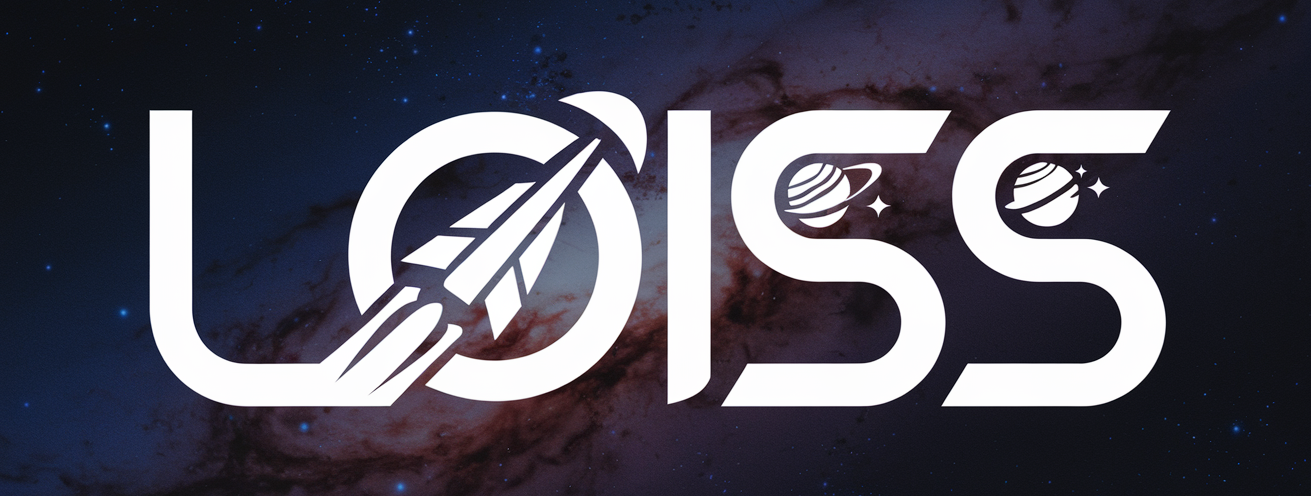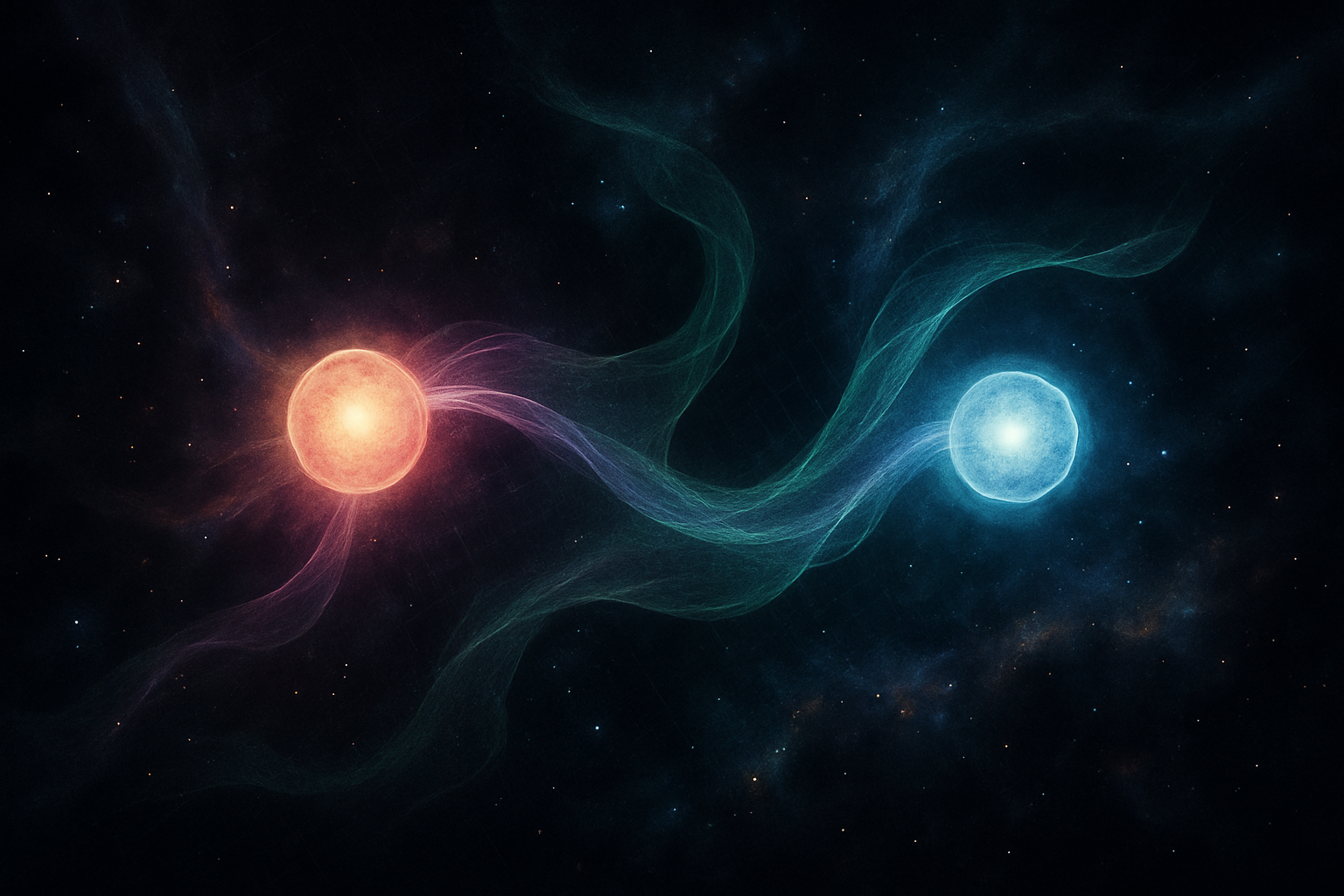The Dark Thread Hypothesis: Rethinking Entanglement through the Lens of Dark Energy
Abstract
Quantum entanglement is one of the most mysterious and foundational features of quantum mechanics. Dark energy, on the other hand, remains one of cosmology’s greatest enigmas. This article proposes a speculative but conceptually coherent hypothesis: that dark energy may constitute the hidden medium or substrate that enables quantum entanglement. We term this idea the Dark Thread Hypothesis. While current physical models treat these phenomena as unrelated, this hypothesis explores the possibility that both arise from a deeper field architecture—one that spans the known and unknown sectors of reality.
1. Entanglement: A Brief Recap
Quantum entanglement describes a condition in which two or more particles share a state such that measurement of one instantly determines the state of the other, regardless of spatial separation. Though no information is transmitted faster than light (avoiding violations of causality), the phenomenon implies a kind of non-local coherence that defies classical intuitions about space and time.
Conventional interpretations describe this as either a mathematical correlation or a holistic property of quantum systems. However, what remains unaccounted for is the ontological status of the “connection”—how, or in what, this coherence exists.
2. Dark Energy: The Silent Substrate
Discovered through the accelerating expansion of the universe, dark energy is posited as a uniform, pressure-like field embedded in the vacuum of space. It comprises roughly 68% of the energy content of the universe, yet does not clump, interact with matter, or dilute with expansion. In essence, it is everywhere and seemingly untouched by the passage of time or the presence of matter.
While dark energy is often interpreted as a scalar field (such as in quintessence models) or as a cosmological constant, its actual nature remains opaque. What is clear is that it permeates spacetime itself, influencing geometry without being confined by it.
3. The Conjecture: Dark Energy as Entanglement Substrate
The core proposal of the Dark Thread Hypothesis is this: dark energy may not merely be an expansive force acting on the cosmological scale, but a deeper structural feature of the vacuum—one that permits or even necessitates non-local coherence. Entangled particles might not be transmitting anything across space. Instead, they may be two ends of the same configuration within a more foundational field: one sustained or enabled by dark energy.
This would reframe entanglement not as spooky action, but as a static pattern in a field that does not obey classical spatial separation. In this framing, dark energy functions not as a messenger, but as the medium—a kind of connective tissue embedded in the fabric of what we perceive as empty space.
4. Implications and Challenges
If true, this hypothesis would require a radical reinterpretation of both quantum field theory and general relativity, or perhaps their long-sought unification. It would also suggest:
- The vacuum is not inert, but a highly structured informational medium.
- Entanglement might not be a quantum fluke, but a geometric feature of a deeper manifold.
- Our inability to detect dark energy locally might stem from our misunderstanding of its interaction type—not weak, but categorically different.
This hypothesis remains speculative. It lacks formal mathematical expression and currently no experiment can directly test it. But the guiding question it poses—”What connects entangled systems, and what medium could allow it?”—is scientifically legitimate and deserves further conceptual exploration.
5. Conclusion
The Dark Thread Hypothesis is not a theory in the formal sense, but a conceptual bridge. It attempts to reorient how we think about two of the most profound unknowns in physics: quantum entanglement and dark energy. If both phenomena are telling us something about the structure beneath observable reality, then perhaps it is not particles or forces that we should be looking for, but the geometry of coherence itself.
Until we can answer what space itself is, speculation like this may be the only way to trace the outlines of its hidden architecture.
This article is intended as a speculative inquiry, not a scientific claim. Its goal is to provoke meaningful questions, not provide final answers.

